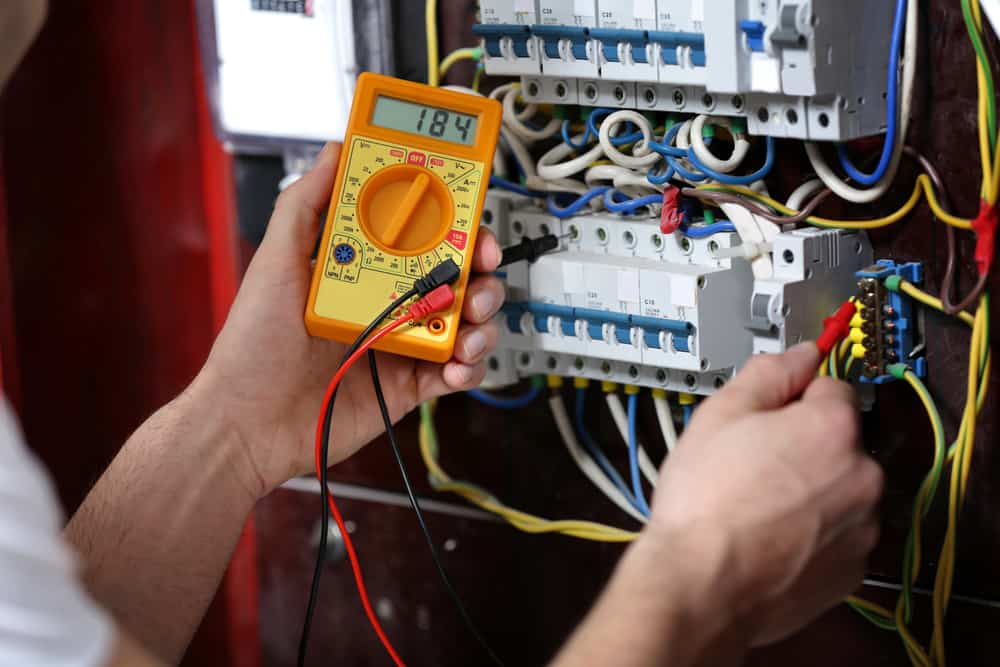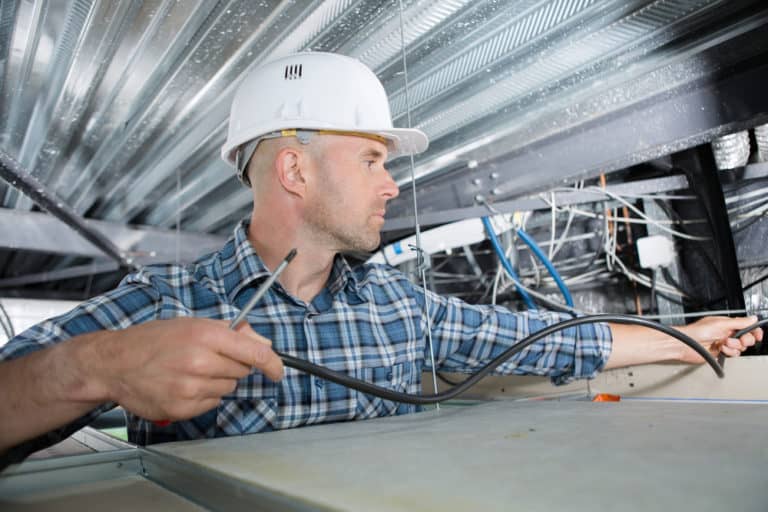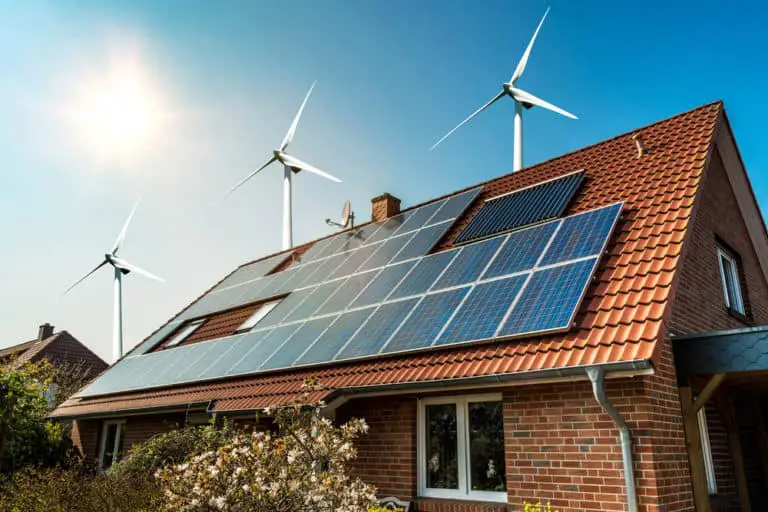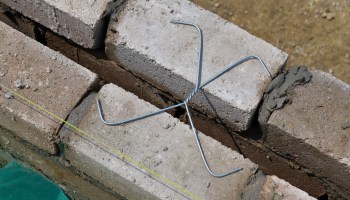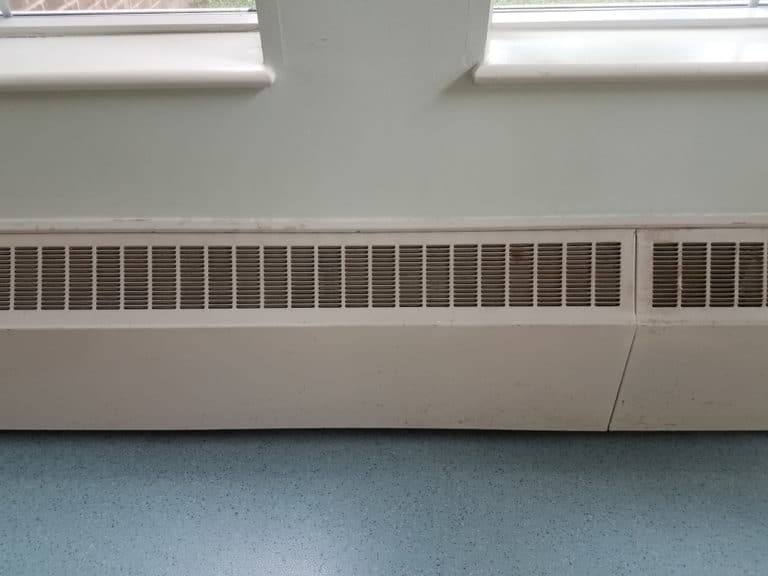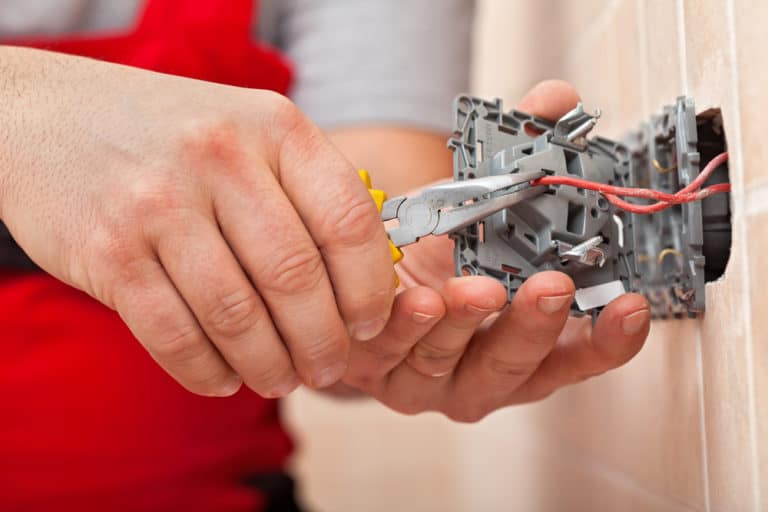How Many Circuits Are Required In A Kitchen?
If you’re looking to remodel your kitchen, you may need to update your electrical wiring to meet building codes and meet the demand for your modern appliances. So how many circuits are required in a kitchen?
A modern kitchen requires at least seven electrical circuits to meet building codes, depending on their interpretation. You need circuits for your lighting, refrigerator, oven, microwave, garbage disposal, dishwasher, and small appliances.
Your kitchen will use more electricity than any other room in the house, and the National Electric Code requires multiple circuits to handle the load. So, if you want to remodel, you need to include the wiring of your electrical circuits in your plans. Let’s take a look at what the requirements are:
What Are The Requirements For Kitchen Circuits?
Before we continue, it is important to know that, while the National Electrial Code serves as a basis for most local codes, all local communities will have their own standards and it is imperative that you communicate with the appropriate authorities to ensure that your new kitchen circuitsare up to standard.
Also bear in mind that it is highly inadvisable to work on electrical systems unless you are fully qualified to do so. Do not take a Do-It-Yourself approach to your kitchen’s electric circuits because safety comes first. Making a mistake could cause harm to either you, your family, or your home itself.
The building codes require that you have at least two 20-amp small-appliance branch circuits for every receptacle outlet in the kitchen, along with pantries and dining rooms. Branch circuits dedicated to small-appliances and be located on your kitchen walls and countertops shouldn’t be used to supply power for any other part of your home.
Typically, a kitchen will have either wall receptacles that are used to run large appliances like your oven or refrigerator, while countertop receptacles will get use more often and by a greater variety of appliances. This means that the receptacles on your countertops should be divided between two or more 20 amp small-appliance circuits. But there are far more details surrounding the seven circuits that we will be discussing.
Electrical Circuits Needed For Kitchen Remodeling
If you live in an old home, chances are your wiring system will need an update, simply because modern kitchen appliances have come a long way and have far more electrical components than ever before.
Your building codes may also require you to install GFCI (ground-fault circuit interruption) and AFCI (arc-fault circuit interrupters) protection, which will serve as circuit breakers to protect you from getting shocked and sparks from your outlets from starting a fire, respectively.
A good rule of thumb is to ensure all 15A and 20A circuits have AFCI protection at least – although most electricians will install a combination of both, with special AFCI outlets and/or GFCI receptacles. However, this is where you’ll likely find discrepencies between the national and local codes and some areas may consider just adding AFCI protection as insufficient protection against potential faults in your circuits. Let’s take a look at the various requirements for the electrical circuits that will be used in your kitchen:
Lighting
Lighting is the obvious place to start planning your kitchen wiring and requires, at the very least, one 15A, 120/125V dedicated circuit for all ceiling fixtures, cabinet lights and strip lights. Each light requires its own switch, and, in most areas, AFCI or GFCI protection is not required unless switches are located near the sink.
Refridgerator
Modern refridgerators have taken on a completely new look in comparison to what you may have seen in kitchens as little as 10 years ago.
Not only do they need power to keep your groceries chilled, but these days they come with electronic water and ice-dispensers, touch screens and even cameras inside your fridge that you can check while you do your grocery shopping. Some of them even allow you to order food online through their touchpads.
Your refridgerator will require a dedicated 20A, 120V circuit – even if it doesn’t have smart fridge functionality. It usually won’t require GFCI protection unless it is located within six feet of the sink.
Oven
It is also essential to have a 50A, 240/250V dedicated circuit for your oven – however, if you have a gas stovetop, it will only require a 120/125V receptacle. WHile most ovens require 50A circuits, some can go as low as 30A and others as high as 60A.
If your stovetop and oven are run separately, the National Code allows both units to run on the same circuit, as long as the combined load doesn’t exceed the circuit’s capacity. It may also require a special oven outlet with AFCI protection, depending on how your local codes are interpretted.
Microwave
Your microwave oven is not what it used to be. They have grown far larger over the years and therefore require more capacity on electrical circuits. It requires a 20A, 120/125V circuit that is wired with a ground. It does not require GFCI protection, but will sometimes require it if plugged into a standard appliance outlet, while AFCI protection is usually a requirement.
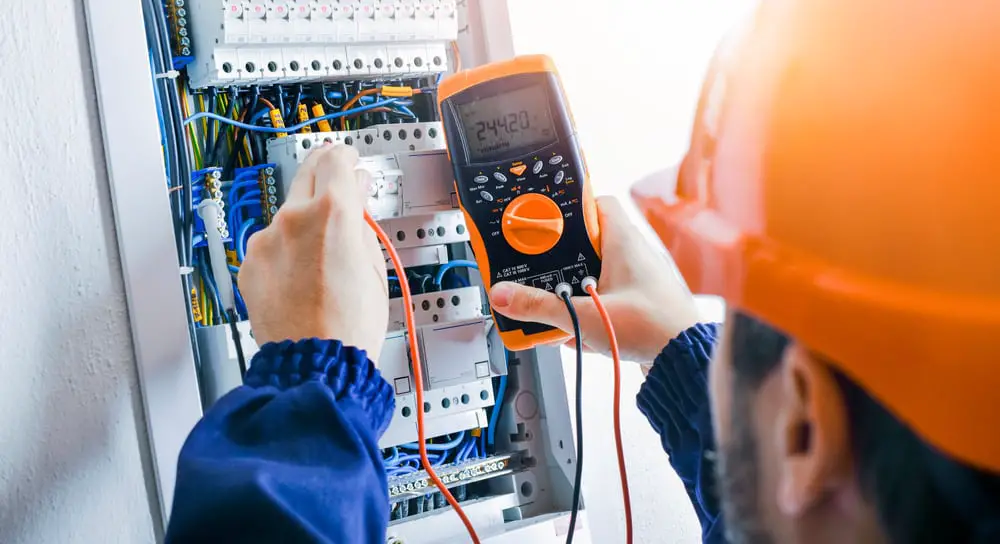
Garbage Disposal
Garbage disposal units can be a lifesaver when it comes time to clean up in the kitchen, but when they take on heavy loads that can take up a lot of ampage. A dedicated 15A, 120V circuit is required to take on a full load and different areas have different circuit protection requirements.
Using both AFCI and GFCI protection is recommended to ensure your safety, but professional electricians will often forgo the GFCI protection due to “phantom tripping” that is often caused by startup motor surges, if local codes allow for it. Furthermore, some areas will allow you to wire your garbage disposal to share a circuit with your dishwasher.
Dishwasher
Unless you’ve decided to forego a dishwasher and wash your dirty dishes by hand, a dedicated 15A, 120/125V circuit wired with a ground is required by the majority of building codes. Some may opt for a 20A circuit if it shares a circuit with your garbage disposal unit.
GFCI and AFCI protection requirements vary but usually the circuit will require the former and not the latter.
Small Appliances
Finally, as we have mentioned previously, your kitchen countertop outlets, which will be used for smaller appliances requires two dedicated 20A, 120/125V circuits to handle the load of your small appliances. This includes toasters, eletric kettles, coffee machines, food processors, etc.
It is also important to plan where you locate your countertop outlets and it is recommended that you place them no more than four feet apart from one another. Furthermore, the dedicated circuits (you can have more than two if you need more or want to make provisions for future additions) require BOTH GFCI and AFCI protection.
This is because it becomes very easy to overload the circuit when your kitchen is running multiple appliances simultaneously, such as at family events like Thanksgiving where you’re using slow cooker pots, fondue pots, blenders, hand mixers and countless other appliances, while everyone prepares seperate meals at the same time.
Conclusion
Your kitchen remodeling can completely transform the way that you live in your home. And there’s no doubt that modern kitchens are very different to the ones you grew up in. But this also means that you need to put very careful consideration into your electrical circuit requirements. Failing to follow the building codes correctly can lead to either physical harm for you, your friends, or your family or it can even lead to you burning your brand new kitchen down! So, be sure to be thorough with your planning and always consult with professionals before doing any of the electrical work.

